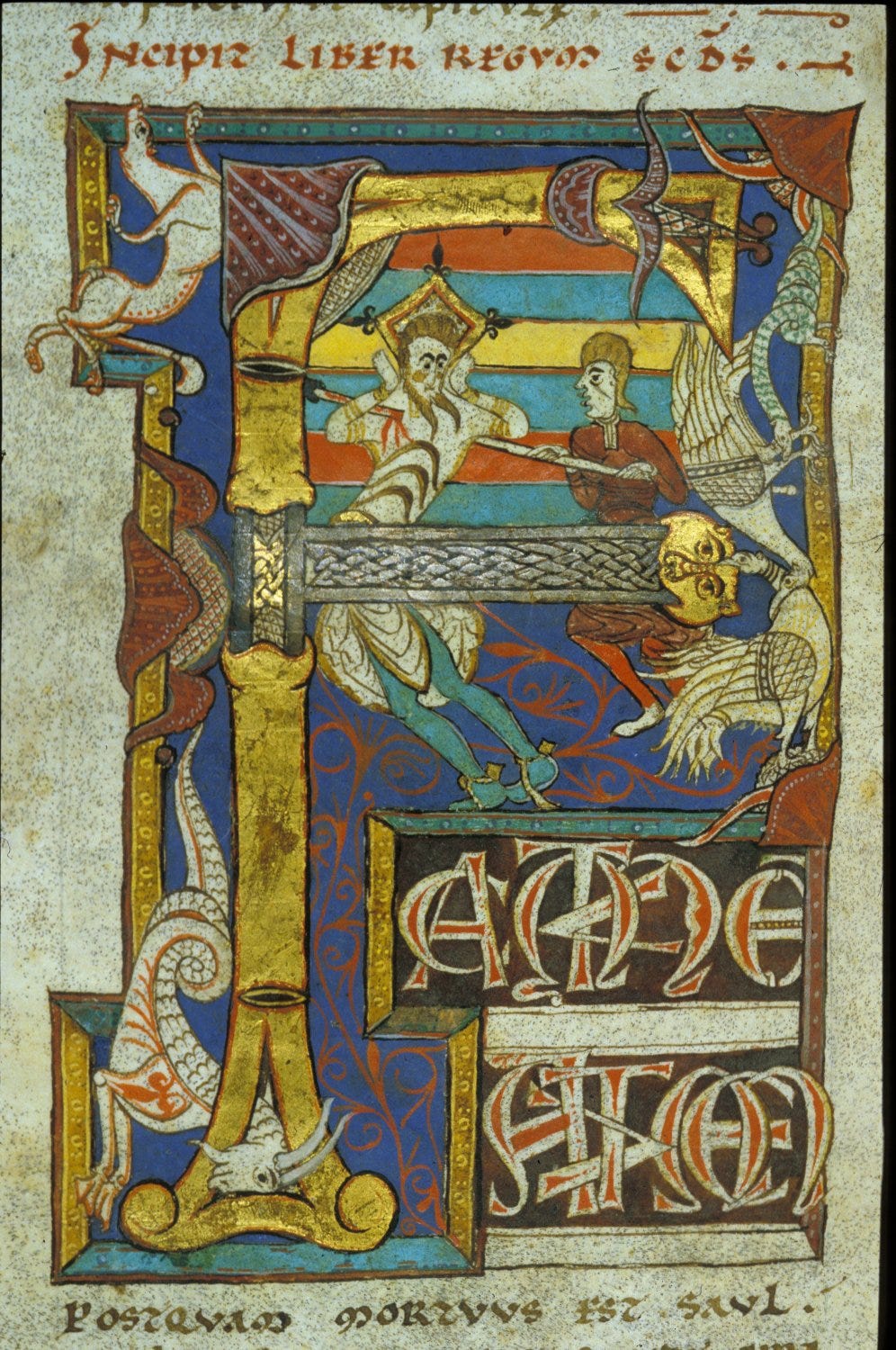Trinkets for the confined court

Yesterday I wrote that the 12th century was the return of boredom to Europe. How else would we explain all the exciting works written at the time?
It is time to give some examples of literary distractions from that period. I'd like to talk about trifles. Not sponge cakes, but trivialities. At least that's how one 12th-century writer titled his exciting m…
Keep reading with a 7-day free trial
Subscribe to Biblonia to keep reading this post and get 7 days of free access to the full post archives.

